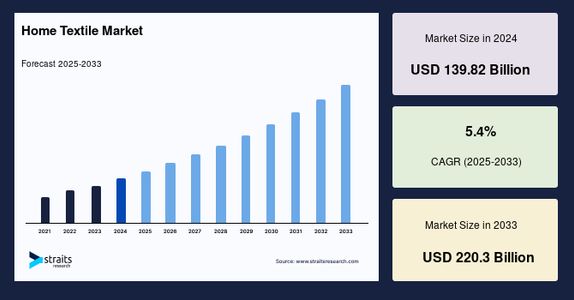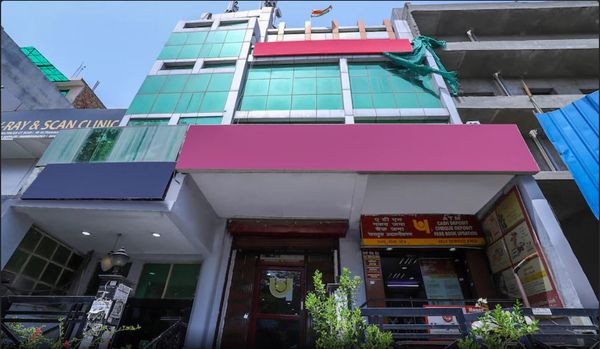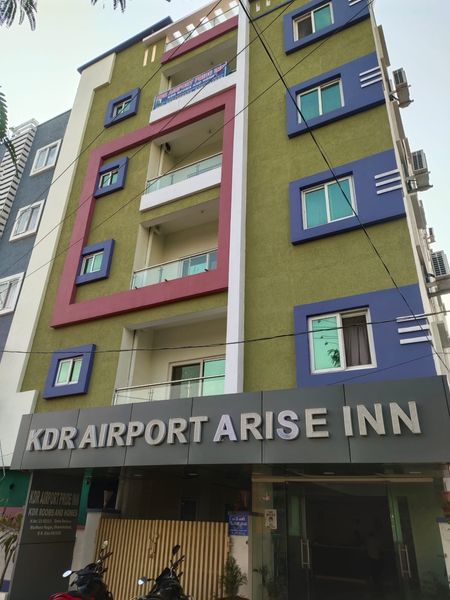Global Home Textile Market: Growth, Trends, and Future Outlook
 Tejask Kam
29 Aug, 2025
10 mins read
21
Tejask Kam
29 Aug, 2025
10 mins read
21

Introduction
The home textile market has evolved into one of the most dynamic sectors in the consumer goods industry. More than just functional products, home textiles today reflect lifestyle, identity, and cultural expression. Driven by rising disposable incomes, rapid urbanization, technological advancements, and increasing consumer preference for sustainable and stylish home décor, the industry continues to grow steadily across both developed and emerging economies.
Home textiles encompass a wide range of products such as bed linens, bath linens, carpets, curtains, kitchen textiles, blankets, and decorative fabrics. These products not only provide comfort and utility but also enhance the aesthetic appeal of homes. With the growing emphasis on creating cozy, personalized, and environmentally conscious living spaces, demand for innovative and eco-friendly textiles is surging.
Market Size and Growth
The global home textile market size was valued at USD 139.82 billion in 2024 and is projected to grow from USD 146.47 billion in 2025 to USD 220.3 billion by 2033, with a CAGR of 5.4% during the forecast period (2025–2033).
This growth is being shaped by multiple factors:
- Rising middle-class populations in emerging economies.
- Increasing consumer spending on lifestyle and interior design.
- Expansion of e-commerce platforms, making a wide variety of textiles easily accessible.
- Growing awareness of sustainability and eco-friendly products.
- Technological innovations such as digital textile printing and smart fabrics.
Market Segmentation
By Product Type
- Bedroom Linen: Includes bedsheets, pillow covers, duvet covers, and comforters. This segment holds the largest share due to the central role of bedroom furnishings in consumer spending.
- Bathroom Linen: Towels, bathrobes, and mats remain essentials, with growing demand for premium and antimicrobial fabrics.
- Kitchen Linen: Tablecloths, napkins, dishcloths, and aprons are witnessing steady demand, especially with the rising culture of home dining and entertaining.
- Curtains and Drapes: A vital segment that combines functionality with aesthetics, driven by design trends and demand for customization.
- Carpets and Rugs: Popular for both decorative and functional uses, with rising demand for handmade and eco-friendly options.
- Blankets and Quilts: Seasonal demand combined with year-round utility makes this segment consistently important.
By Material
- Cotton: Dominates the market due to comfort, durability, and breathability.
- Polyester and Blends: Popular for affordability, wrinkle resistance, and easy maintenance.
- Silk and Wool: Niche but growing, catering to premium and luxury consumer segments.
- Eco-Friendly Alternatives: Bamboo fibers, organic cotton, and recycled polyester are gaining traction as sustainability trends accelerate.
By Distribution Channel
- Offline Retail: Specialty stores, supermarkets, and department stores continue to hold the largest market share.
- Online Retail: E-commerce is growing rapidly, offering a wider product range, convenience, and global accessibility.
By End-Use
- Residential: The largest segment, with rising consumer spending on home décor and lifestyle improvements.
- Commercial: Includes hotels, hospitals, and offices, where demand is driven by the need for large-scale procurement of quality linens and textiles.
Regional Insights
- North America: Holds the largest market share, fueled by high disposable incomes, strong demand for luxury and sustainable textiles, and constant innovations in home décor trends.
- Europe: A mature market with a strong emphasis on sustainability and eco-friendly products. Countries like Germany, Italy, and France lead in design-oriented home textiles.
- Asia-Pacific: The fastest-growing region, driven by urbanization, rising middle-class populations, and increasing production capacity. China and India are both major producers and consumers.
- Middle East & Africa: Emerging demand, with an increasing focus on luxury home textiles supported by rapid urban growth.
- Latin America: A growing market with rising awareness of home fashion and expanding retail presence.
Key Market Drivers
- Urbanization and Rising Incomes
- Rapid urban development and growing middle-class populations are driving demand for stylish, modern home textiles.
- Sustainability Trends
- Eco-friendly materials and production methods are becoming mainstream as consumers demand environmentally conscious products.
- Technological Advancements
- Innovations such as digital textile printing, antimicrobial fabrics, and smart textiles are reshaping product development.
- E-Commerce Growth
- Online platforms have transformed the buying process, allowing consumers to browse and purchase textiles globally from the comfort of their homes.
- Lifestyle Changes
- Post-pandemic trends have highlighted the importance of home comfort and aesthetics, driving investment in home décor and furnishings.
Market Challenges
- Raw Material Price Volatility
- Fluctuations in cotton, polyester, and wool prices affect production costs and profit margins.
- Intense Competition
- With numerous global and local players, price competition and product differentiation remain key challenges.
- Sustainability Pressure
- Manufacturers face the dual challenge of meeting sustainability standards while keeping costs competitive.
Emerging Trends
- Eco-Friendly Collections: Use of organic cotton, bamboo, hemp, and recycled fibers.
- Smart Textiles: Products with temperature control, antimicrobial protection, and stain resistance.
- Customization: Consumers increasingly prefer personalized designs and made-to-order options.
- Luxury Home Textiles: Growing demand for premium collections in both developed and emerging markets.
- Digital Printing: Enables intricate designs, faster production cycles, and reduced waste.
Leading Companies
The home textile industry is highly competitive, with both global giants and regional players shaping the market. Some of the key companies include:
- Welspun India Ltd
- Trident Group
- Springs Global
- Ralph Lauren Corporation
- American Textile Company
- Himatsingka Seide
- Sunvim Group
- LUOLAI Lifestyle
- Shenzhen Fuanna
- Loftex
These companies are focusing on sustainability, innovation, and expanding their online presence. For example, several leading players have recently launched eco-friendly collections made from recycled and organic materials, while others are introducing antimicrobial and health-conscious fabrics in response to changing consumer needs.
Future Outlook
The home textile market is set to expand steadily over the next decade, with strong growth prospects in both developed and emerging economies. Key themes shaping the future include:
- Increasing consumer preference for sustainable and eco-conscious living.
- Greater integration of technology into everyday textiles.
- Rising demand for premium and luxury products among affluent consumers.
- Continued expansion of online retail, reshaping traditional sales channels.
Written By:
Tejask Kam



Hotels at your convenience
Now choose your stay according to your preference. From finding a place for your dream destination or a mere weekend getaway to business accommodations or brief stay, we have got you covered. Explore hotels as per your mood.


